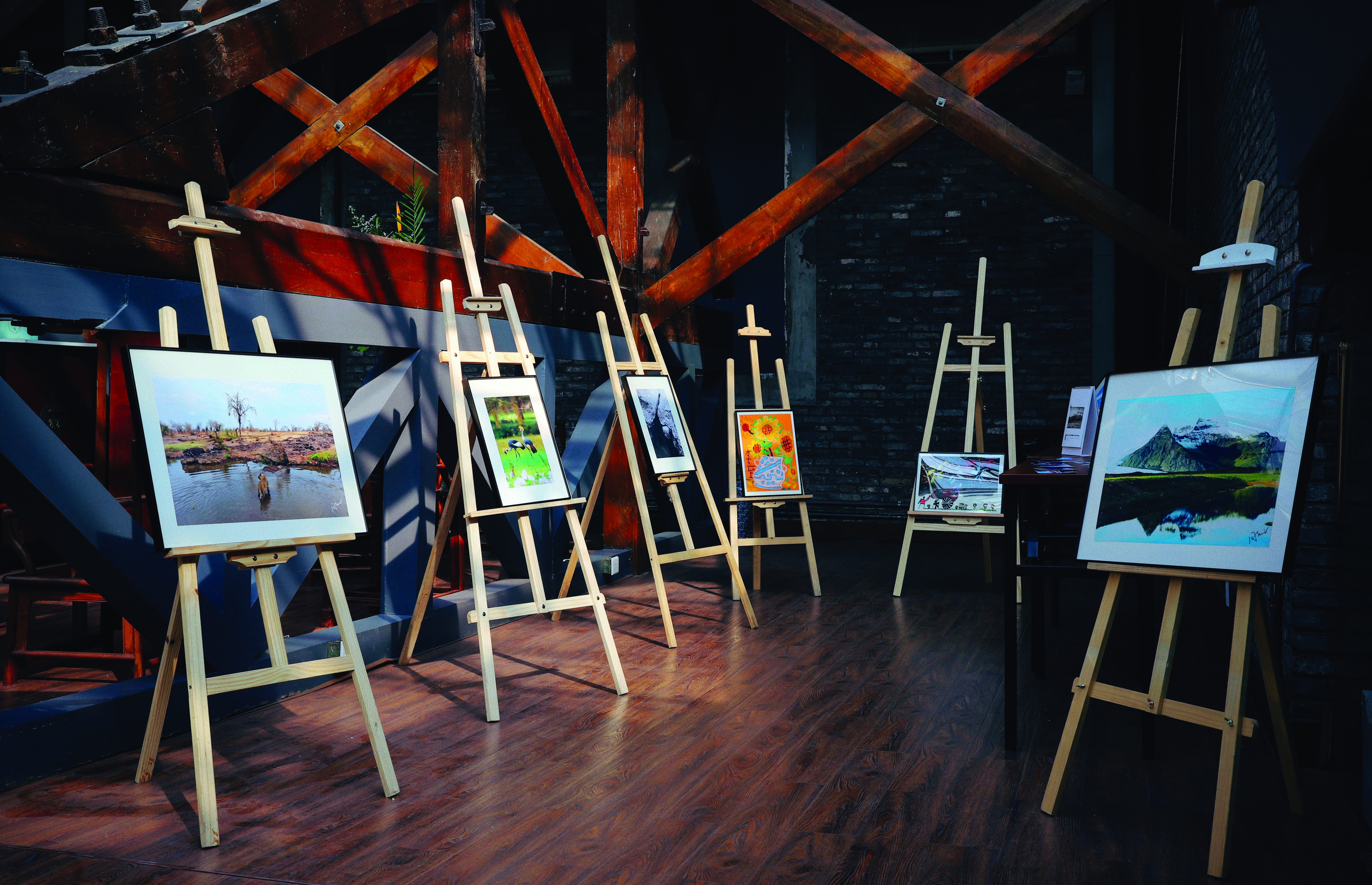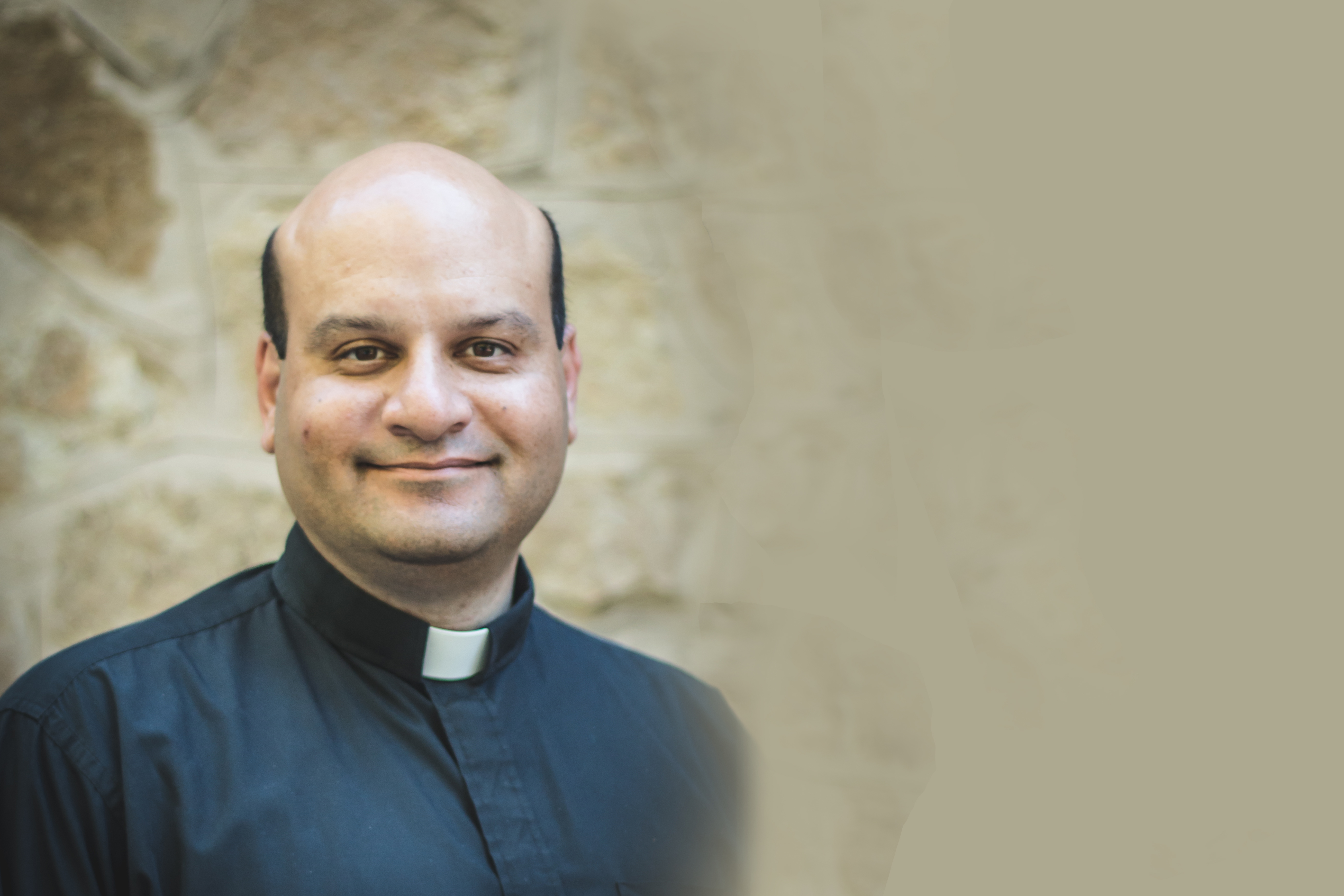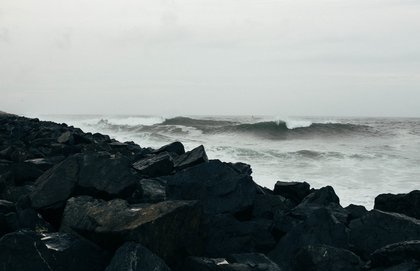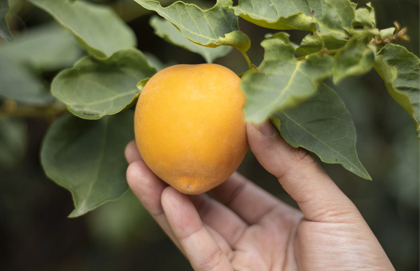EDMONTON – The swearing-in of Alberta’s 18th premier, Jason Thomas Kenney, and his cabinet was a rather workmanlike affair, in contrast to the swearing-in of Rachel Notley four years ago.
Then, the ceremony was held outdoors, on the expansive grounds of the Legislature, and thousands were on hand. It was a hot, late May day, and ice cream was served.
There was much to celebrate then, even for those Albertans who were nervous about the province’s first NDP government. That was the price to pay to free Alberta from the grip of the corrupt, superannuated Progressive Conservative dynasty.
The party of Lougheed and Klein had degenerated to a spoils-of-power patronage operation ready for a death blow. But dynasties do not die easily, and it finally took the combination of Joe Clark’s last two active disciples, Alison Redford and Jim Prentice, to prove equal to the task of killing the mighty monster; there is nothing like Joe Clark and his ilk to prove lethal to conservatives in Canada!
The end of the crooked PCs, which leached sleaze into Alberta’s body politic, meant that Notley’s sun-drenched ceremony on the steps was fitting, outside where a new breeze might blow.
Four years later, the 2019 election was a mammoth win for Kenney; the people did not so much need to gather on the steps as they had spoken in the polling booths more loudly than ever before in provincial history.
There was much work to do. So, the ceremony was decorous but efficient, and the new cabinet scampered up the stairs in Government House for a substantive cabinet meeting within hours. It was the last day of April, a cold, snowy Edmonton day. No ice cream was served.
I was on hand as part of the group of the premier’s family and friends that could fit into the elegant, but cozy, confines of Government House. It was my first time there.
After the ceremony, while the families of the new cabinet ministers were excitedly mingling, bursting with pride, the courteous staff of Government House gave me a most informative tour of the historic building, including the impressive art collection. It includes works by Nicholas de Grandmaison, William Kurelek and the Group of Seven.
It was these last that caught my attention and carried, it seemed to me, an important lesson for the day on which a new Alberta government, determined that Alberta’s full participation in the Confederation be adequately recognized, took office.
Over the years, I have seen a handful of Group of Seven exhibitions, most recently I believe at the Art Gallery of Ontario. And like most Canadians, I have thought of them as the quintessentially Canadian painters, recording the majesty of our landscape. But which landscape?
First of all, the natural landscape. The Group of Seven works usually do not include people at all, and not even the works of our hands – farms or houses or churches or oil refineries, to which I will return. There is real beauty in the Group of Seven oeuvre, but also something empty, or at least missing. Namely, the people of the land.
Second, the Group of Seven landscapes that are most familiar are those of the Canadian shield – trees, and rocks, and lakes around the Great Lakes. These are complemented by the famous paintings of the mighty mountains.
The Government House collection gives the visitor a fuller account of the Group of Seven. Here are the paintings of the vast landscape between the Great Lakes and the Rockies – the prairies of the Canadian West. And while those more knowledgeable than I am already knew as much, I was delighted to discover that the landscape on which I grew up was not overlooked by the Group of Seven. If you have only seen the Group of Seven at the McMichael Gallery north of Toronto or the AGO, you may not have seen the range of their paintings of the Canadian Prairies.
Which brings about, one might say, another “correction” to the popular view of the Group of Seven. Painting the Prairies is, in comparison to the Great Lakes or the Rocky Mountains, rather dull. There is not much to paint – at least if don’t include the human element. The Government House collection includes Group of Seven works which include the people of the prairies, and the roads they built, the land they cleared, the farms they tended, the churches they consecrated and yes, the refineries.
Or perhaps the refinery, singular. At the centre of the main reception room upstairs is The Bowden Refinery, a painting by A. J. Casson. Done in 1962, it sets the refinery in the rolling foothills of Alberta, not unlike how the hills appear in Alberta’s coat-of-arms.
I would not have thought that oil refineries were suitable subjects for painting, but A. J. Casson did. And there seemed an apposite lesson for the day of the swearing-in. Is the human presence on the landscape an encroachment, or an enhancement? The answer, to any thinking person, is obviously both, but for a great many, the refinery is thought of only as an encroachment, not an expression of creativity and industry, of man working in harmony with the bounty of the land.
Casson, by the way, was able to see beauty at work not just upstream – as they say in the oil business – but downstream too, accepting commissions to paint advertisements for Imperial Oil gas stations in the days when great artists – Norman Rockwell most famously – painted for magazines.
I don’t know how Casson’s Bowden Refinery got pride of place at Government House. I don’t expect that the new government has got around to re-arranging the art collection so soon. But whoever it was who put together the Group of Seven collection, commendations are deserved for showing that Canada is not just a land, but people upon the land.
And the work of their hands is beautiful too.






